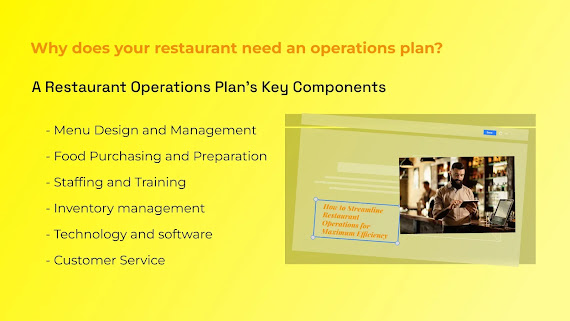9 Steps for Launching a Successful Food Truck Business
The allure of food trucks continues to grow, with over 80% of American families indulging in fast food at least once a week. For entrepreneurs, this trend presents an exciting opportunity to tap into the thriving food truck sector. Dive into our guide to learn everything you need to know about launching a successful food truck business.
What is a Food Truck?
Food trucks are mobile businesses housed in vehicles or movable units, offering a variety of culinary delights on the go. Beyond traditional restaurants, food trucks encompass diverse concepts, from coffee shops to pastry shops, catering to a wide range of tastes and preferences.
Why Launch a Food Truck?
- Be Your Own Boss: Running a food truck offers freedom, independence, and empowerment, allowing you to chart your own course in the culinary world.
- Enjoyable Experience: Food trucks infuse fun and quirkiness into the dining experience, delighting both employees and customers with unique cuisine and vibrant atmospheres.
- Wise Investment: Despite their playful appeal, food trucks represent serious businesses with low overhead costs, minimal staffing requirements, and the flexibility to adapt to market demands.
Advantages of a Food Truck
Food trucks offer several advantages over traditional restaurants, including lower startup costs, reduced operating expenses, and the flexibility to explore diverse locations and events for increased visibility and sales.
Disadvantages of Food Trucks
While food trucks offer numerous benefits, they also come with challenges such as maintenance costs, regulatory hurdles, and weather-related fluctuations in sales.
9 Simple Steps to Kickstart Your Food Truck Business
- Research the Food Truck Scene: Understand market dynamics, existing competitors, and customer preferences to identify opportunities for your food truck concept.
- Select a Food Truck Concept: Choose a unique concept that reflects your passions and resonates with your target audience, ensuring your business stands out in a crowded market.
- Obtain Licenses and Permits: Navigate the regulatory landscape by securing essential licenses and permits required to operate your food truck legally.
- Create a Budget: Develop a comprehensive budget outlining startup expense, equipment costs, staffing needs, and ongoing operational expenses.
- Purchase a Food Truck: Invest in a reliable food truck that meets your specific requirements, whether buying new or used, and ensure adequate insurance coverage.
- Acquire Equipment and Supplies: Equip your food truck with essential cooking, refrigeration, and serving equipment to deliver high-quality meals efficiently.
- Invest in a POS System: Streamline transactions and inventory management with a robust POS system capable of handling cash, card, and digital payments.
- Implement a Marketing Strategy: Establish an online presence through a website and social media channels, leverage email marketing, and engage with your target audience to build brand awareness and loyalty.
- Keep Your Calendar Full: Secure bookings at various events and locations to maximize your food truck's visibility and profitability, ensuring a steady flow of customers throughout the year.
Launching a food truck business requires careful planning, dedication, and creativity. By following these nine steps, you can lay a solid foundation for a thriving entrepreneurial venture that delights customers and drives success in the competitive food industry.
.png)



Comments
Post a Comment